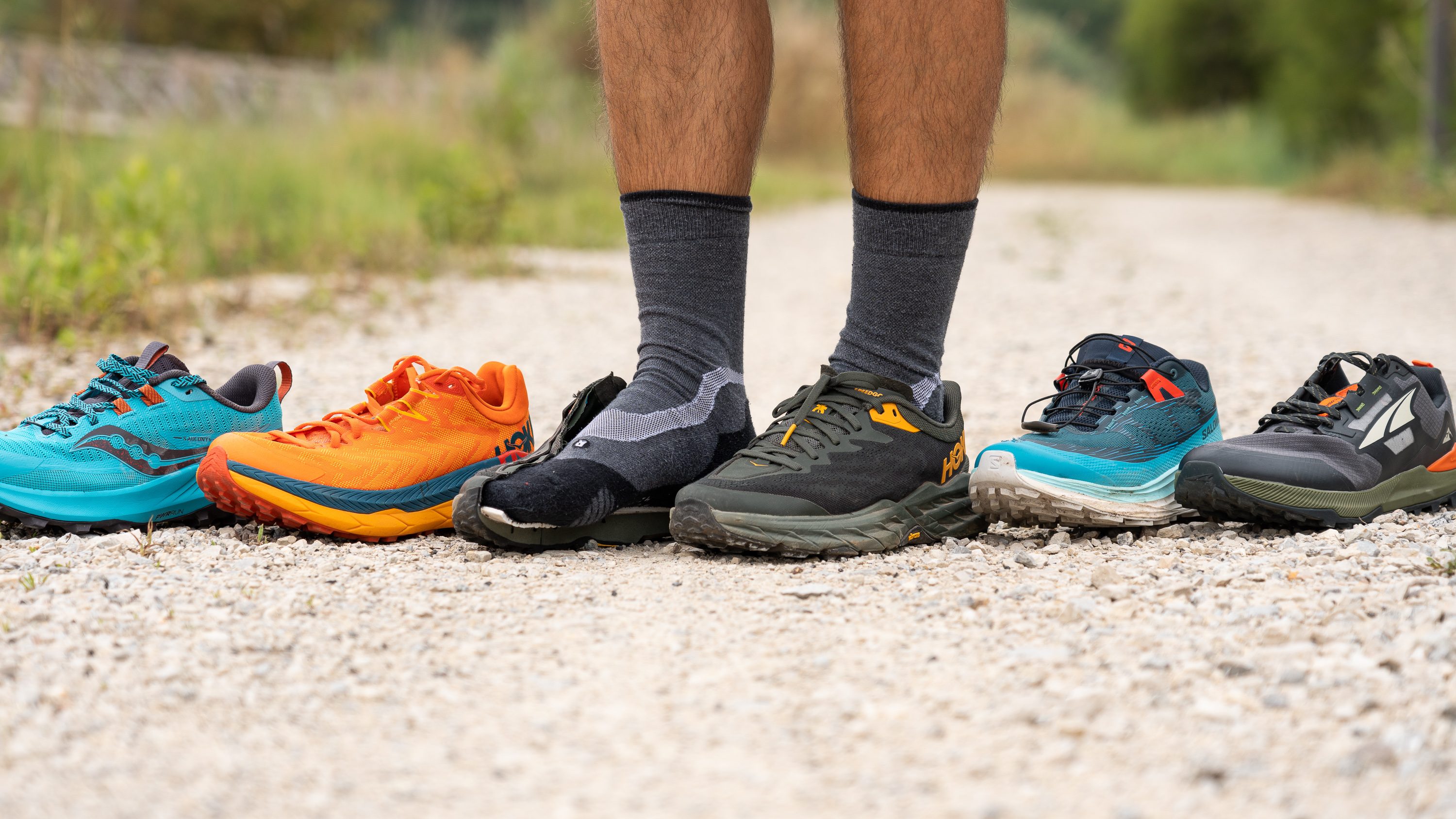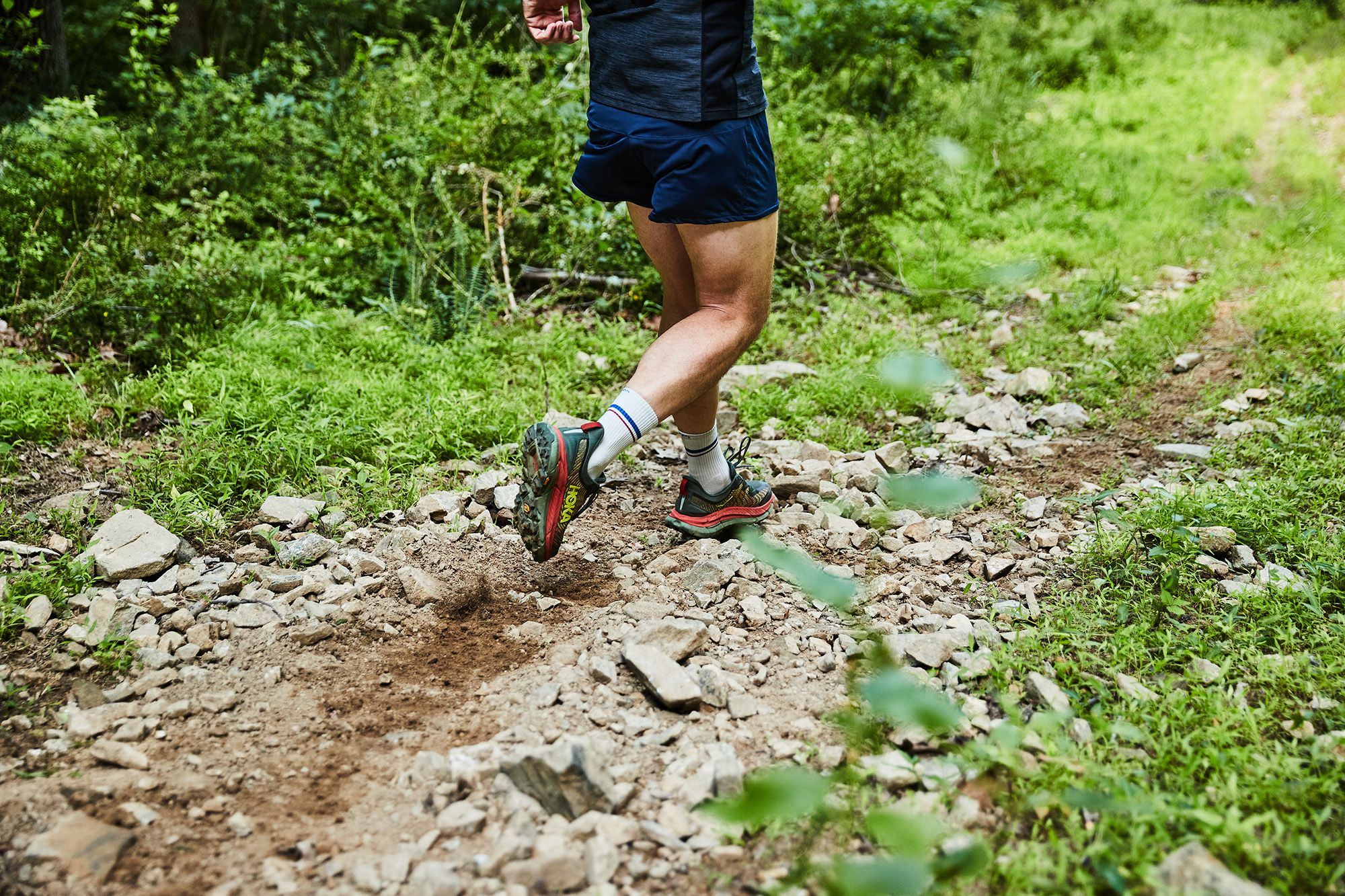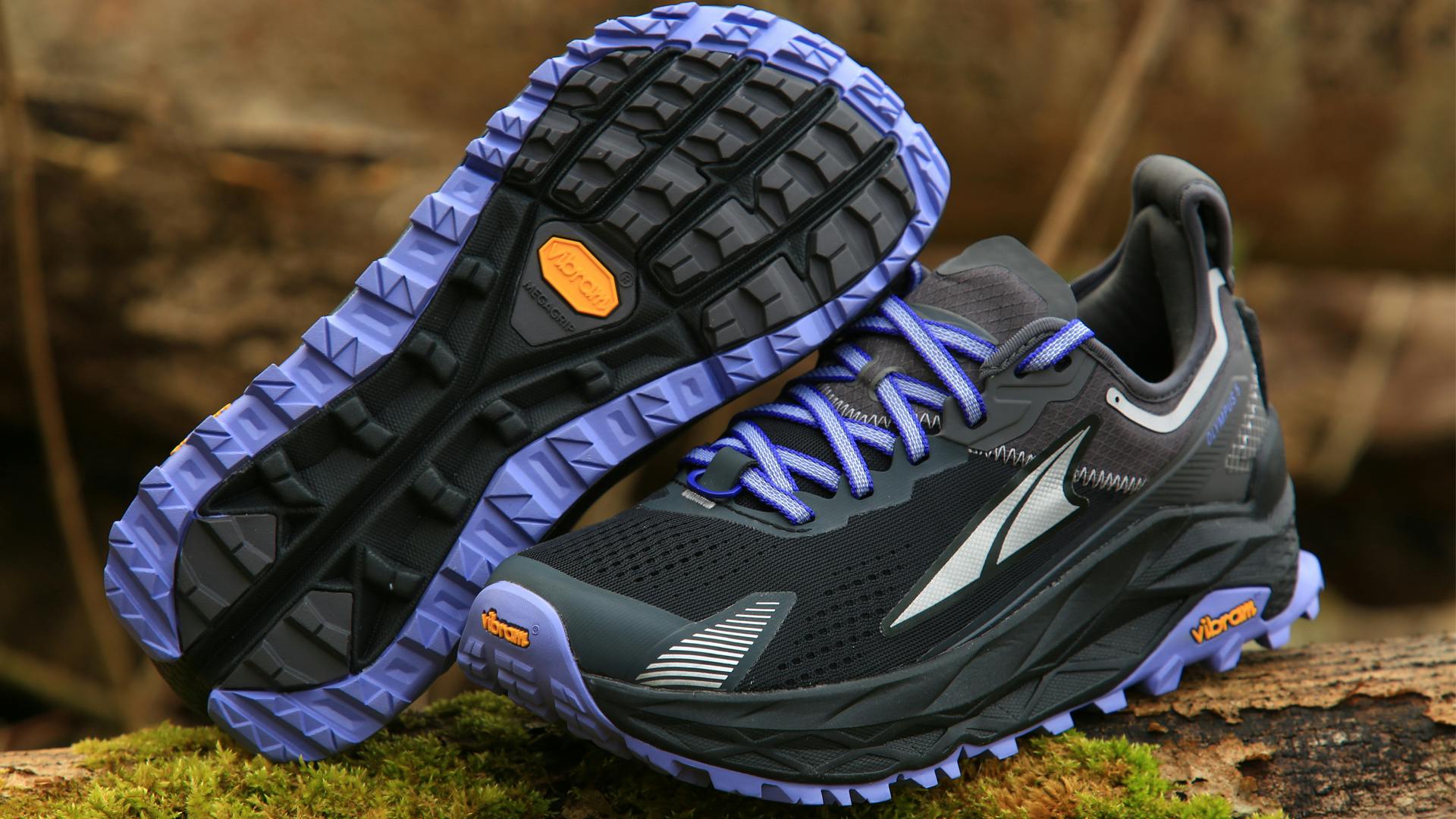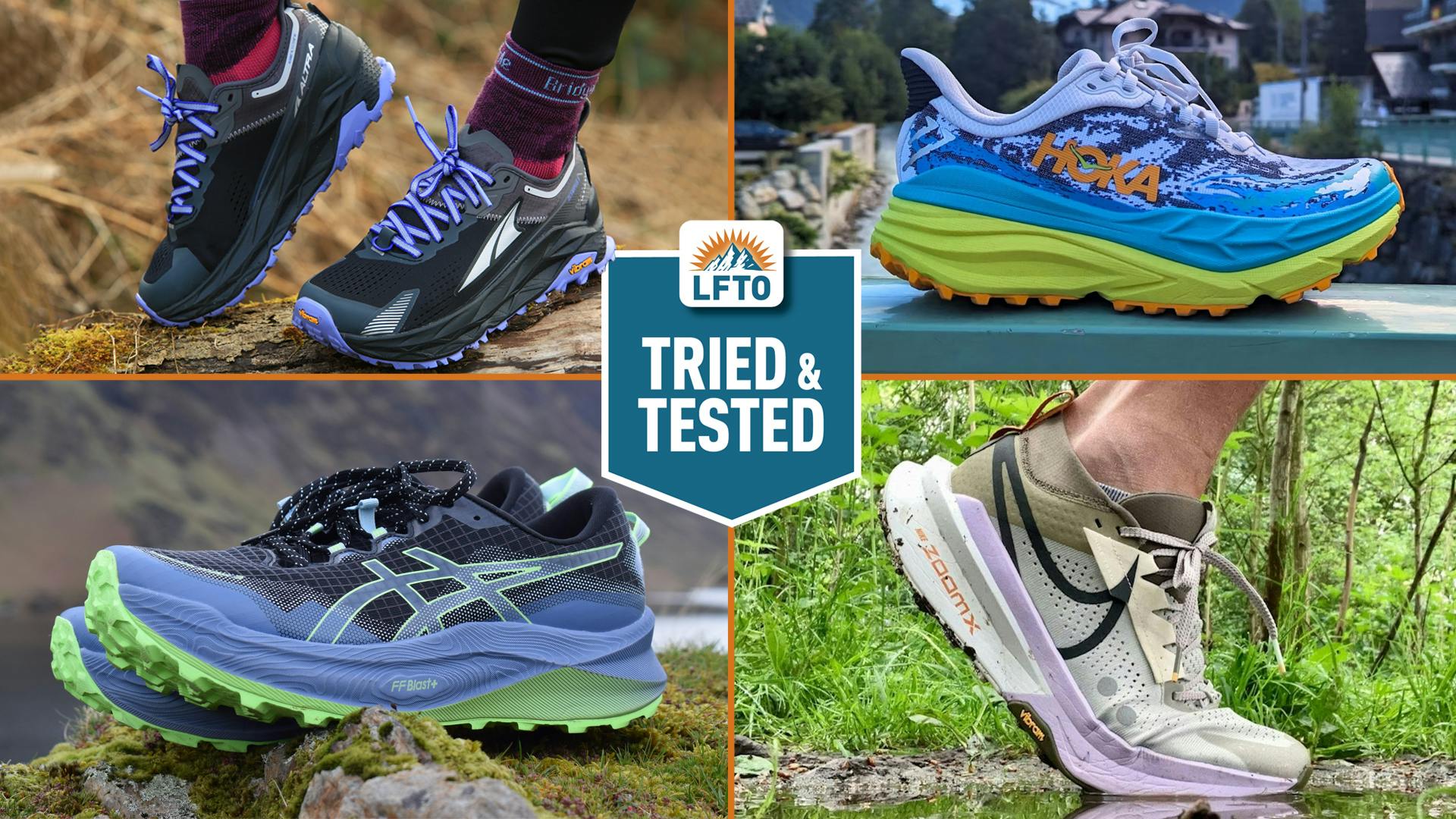Are you ready to hit the open road or tackle rugged trails? Choosing the right running shoes can make all the difference in your performance and comfort. With countless options available, finding the best road and trail running shoes can be overwhelming. Don’t worry; this guide will walk you through the top picks, providing insights, comparisons, and tips to help you make an informed decision. Let’s lace up and get started!
Why Choosing the Right Running Shoes Matters
The foundation of a great run starts with the right footwear. Wearing the wrong shoes can lead to discomfort, blisters, and even injuries. According to a study by the National Institutes of Health, proper footwear can significantly reduce the risk of running-related injuries. Different shoes serve different purposes, providing the right balance, cushioning, and support tailored to your running environment—be it smooth pavement or rugged trails.
Road Running Shoes: Key Features to Consider
When it comes to road running shoes, there are specific features that stand out. Here’s what to look for:
Cushioning and Support
Road running typically involves repetitive, impact-heavy strides, so cushioning is essential. Shoes with ample cushioning can absorb the shock of each footfall, reducing fatigue and injury risk. Brands like ASICS and Hoka One One are renowned for their plush cushioning, perfect for long-distance road runners.
Weight
For road running, lighter shoes mean faster times. Look for lightweight options that still provide adequate support. Race-day shoes often prioritize weight, with models like the Boston Boost from adidas being a popular choice among competitive runners.

Top Picks for Road Running Shoes
| Brand | Model | Weight (oz) | Cushioning Level | Price ($) |
|---|---|---|---|---|
| ASICS | Gel-Nimbus 24 | 8.6 | High | 160 |
| Hoka One One | Clifton 8 | 8.0 | Moderate | 140 |
| Brooks | Ghost 14 | 9.1 | Medium | 130 |
Trail Running Shoes: Key Features to Consider
Trail running shoes differ significantly from road shoes, designed to navigate off-road terrains. Here are features that are crucial:

Tread and Traction
Trail shoes come with aggressive lugs for grip on diverse surfaces—mud, rocks, and gravel. Brands like Salomon and Altra excel in creating rugged shoes that can tackle technical trails.
Stability and Protection
With uneven surfaces, stability is paramount. Look for shoes with protective features such as toe caps and stiffer midsoles to help navigate rocky paths while keeping your feet secure. The La Sportiva Bushido II offers exceptional protection without compromising agility.

Top Picks for Trail Running Shoes
| Brand | Model | Weight (oz) | Stack Height (mm) | Price ($) |
|---|---|---|---|---|
| Salomon | S/LAB Sense 8 | 6.7 | 28 | 180 |
| Altra | Superior 5 | 8.0 | 21 | 130 |
| Hoka One One | Speedgoat 4 | 9.0 | 32 | 150 |
Real-World Experiences: Runner Reviews
To provide you with a clearer idea of how these shoes perform in real-world situations, we’ve gathered insights from runners who have tested these footwear options extensively.

ASICS Gel-Nimbus 24
Sarah, a marathon runner from California, shares, “The Gel-Nimbus 24 felt like running on a cloud! With the cushioning support, I easily powered through my long runs without any discomfort.”
Hoka Clifton 8
Mike, an avid road racer, states, “These shoes are super lightweight yet offer great cushioning. I use them for speed training and never feel weighed down.”

Salomon S/LAB Sense 8
Emily, who enjoys tackling technical trails, notes, “The traction on these shoes is incredible! I felt confident running on rocky terrain, and they provided a great fit throughout my adventure.”
Comparison of Road vs. Trail Running Shoes

Differences That Matter
While both road and trail running shoes have overlapping features, a key difference is their intended environment. Road shoes are designed for smooth, predictable surfaces, while trail shoes are built for varying terrains. Here’s a quick comparison:
| Feature | Road Running Shoes | Trail Running Shoes |
|---|---|---|
| Cushioning | High cushioning for shock absorption | Moderate cushioning for stability |
| Tread | Smooth, flat outsole | Aggressive lug pattern |
| Weight | Lightweight options available | Varied weight depending on protection levels |

Tips for Choosing the Best Running Shoes
Here are some handy tips to make your shoe shopping experience smoother:
Consider Your Running Style
Each runner is unique; your foot arch and gait play significant roles in shoe choice. A professional fitting can help identify what type of shoe is best for you.
Take the Shoes for a Test Run
Whenever possible, try running in shoes before purchase. Many stores offer treadmills for this purpose. It’s an invaluable way to gauge comfort and performance.
Replace Your Shoes Regularly
Running shoes typically last between 300 to 500 miles. Regularly evaluate your shoes for signs of wear, and don’t hesitate to invest in a new pair when needed.
Product Highlights: The Best Shoes of 2023
Top Road Running Shoes
- ASICS Gel-Nimbus 24 – Exceptional cushioning and support.
- Brooks Ghost 14 – Versatile and well-balanced for various runners.
- New Balance Fresh Foam 1080 v12 – Plush ride with fantastic energy return.
Top Trail Running Shoes
- Salomon Speedcross 5 – Unmatched grip on muddy trails.
- Hoka One One Speedgoat 4 – Excellent cushioning and traction.
- Merrell Trail Glove 6 – A minimalist option that allows for natural foot movement.
Pros and Cons of Popular Models
ASICS Gel-Nimbus 24
- Pros: Great cushioning, breathable upper, good for long distance.
- Cons: Slightly heavier than competitors; pricier.
Salomon S/LAB Sense 8
- Pros: Outstanding grip, lightweight, responsive feel.
- Cons: Less cushioning for long distances; may not provide enough support for all runners.
FAQs About Running Shoes
1. How often should I replace my running shoes?
Most running shoes last between 300 to 500 miles. Pay attention to wear patterns and replace them when they feel less supportive.
2. What’s the difference between trail and road running shoes?
Trail running shoes have rugged outsoles for grip on uneven surfaces, while road shoes prioritize cushioning and smooth traction for paved surfaces.
3. Can I wear trail shoes on the road?
Yes, you can, but they may not provide the same level of cushioning and comfort as road shoes, which are designed specifically for that environment.
4. How do I know my foot type?
Visit a specialized running store for a gait analysis. This will help identify your foot arch type and suggest the best shoes for you.
5. What should I look for in cushioning?
Look for shoes that provide adequate shock absorption without sacrificing stability. The amount of cushioning often depends on your running style and preferences.
6. Are more expensive running shoes worth it?
Higher-priced shoes often feature better materials and technology, which can enhance performance and durability. However, fit is more important than cost.
7. Do I need to break in new running shoes?
While some shoes may require a short break-in period, most modern running shoes are designed to be comfortable right out of the box. Test them on shorter runs first.
8. What’s the best way to clean running shoes?
Remove the laces and insoles, then clean with mild soap and water. Avoid machines or aggressive scrubbing to maintain the shoe’s integrity.
9. Is it okay to run with orthotics in my shoes?
Definitely! If you use orthotics, ensure they fit well within the shoe and provide the necessary support for your running style.
Conclusion
Selecting the best road and trail running shoes involves understanding individual needs, preferences, and the unique features of each shoe. Whether you’re racing on pavement or exploring forest trails, the right footwear is crucial to enhancing your running experience. Take advantage of the insights shared in this guide to make a well-informed choice. Lace up and enjoy your next run—comfortably!